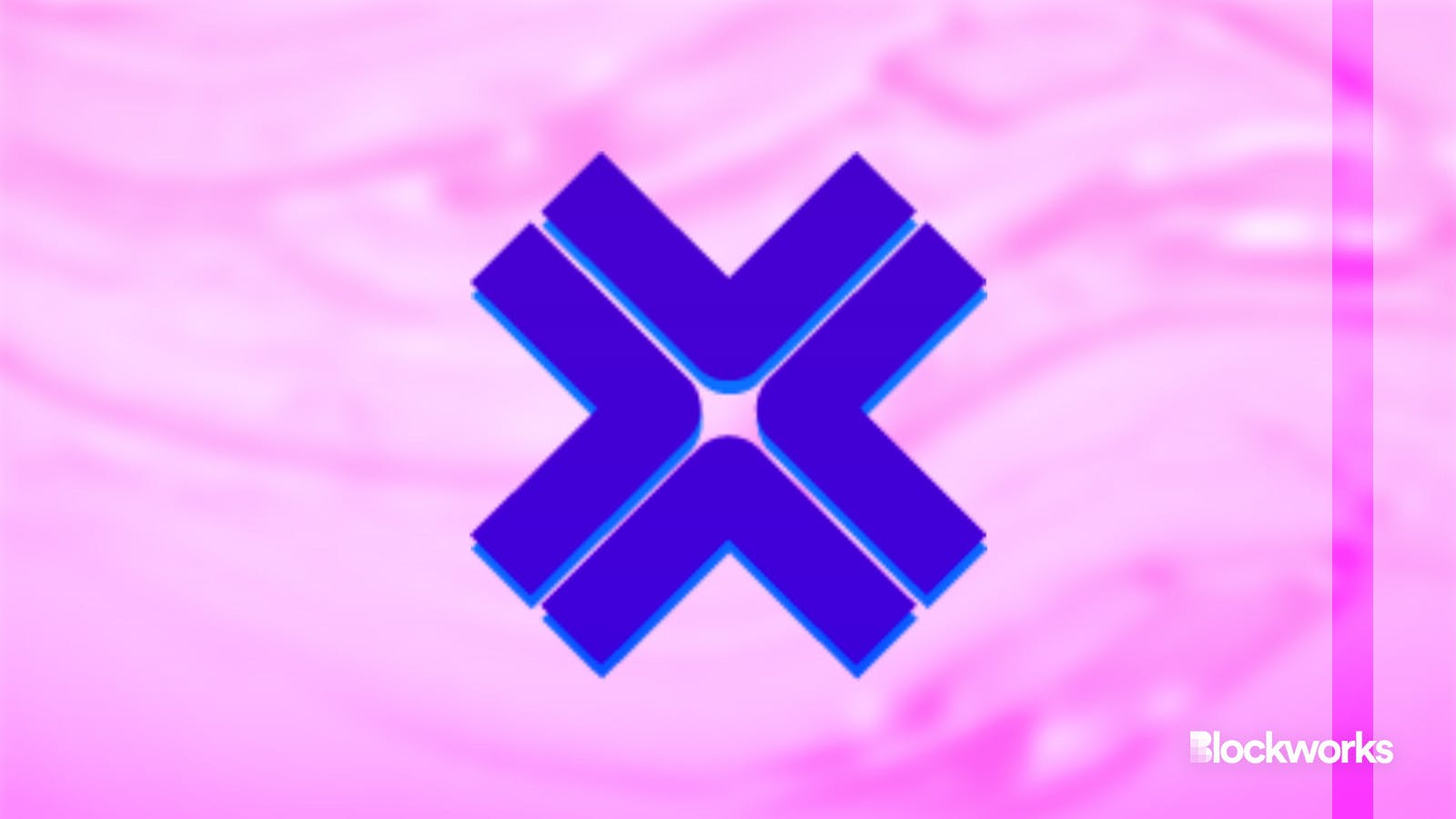Tokens are going multichain, and it’s getting easier
One candidate solution is Axelar’s new Interchain Token Service, which automates the process of deploying across EVM-based networks

Axelar and fotaro100/Shutterstock, Adobe modified by Blockworks
Launching a token on any given blockchain is generally not difficult or complicated. But launching a token across multiple chains has been more of a challenge.
Referring to a “native chain” in contrast to a “bridged” or “wrapped” version of a token is the status quo today.
A new service from general message passing protocol Axelar aims to change that, making it trivially easy to launch tokens on any or all of its supported networks with no coding skills required.
Called the Interchain Token Service (ITS), the new tool maintains the fungibility and properties of any ERC-20 token, while allowing them to move across any of the EVM-compatible blockchains in Axelar’s orbit — 15 chains currently, with more on the way.
ITS is permissionless to use and tokens also enjoy trust-minimized bridging using a “mint and burn” mechanism, features which don’t currently exist in the industry according to Axelar’s DeFi head Jason Ma.
“The other alternative solution today on the market is LayerZero OFT, but oft is not a code free solution, and based on the feedback we heard from developers, it can take anywhere between like a week of work to like months of work,” Ma told Blockworks.
Read more: LayerZero’s wstETH bridge deployment draws Lido DAO ire
Frax, which is about to launch its own Ethereum rollup, Fraxtal is among the first to use ITS. Nader Ghazvini, co-founder of Fraxtal, hopes the service will help attract developers to its new chain.
“Integrating Interchain Token Service from the start, the Fraxtal layer-2 enables seamless, no-code interoperability for many builders joining at the ground floor,” Ghazvini said in a statement.
ITS can be used to deploy a new token across multiple chains in one step, but it also encompasses “token manager” which can unify the deployment of native tokens that are already on multiple chains.
That puts it in the same category as Circle’s cross-chain transfer protocol (CCTP) used to bridge native USDC between chains, only without the centralized counterparty.
“It’s essentially a decentralized open-source CCTP that any protocol can use and deploy themselves,” Ma said.
Read more: Circle moves native USDC offering to Cosmos mainnet
The token manager can be used by teams looking to link native token deployments, for example, to fulfill compliance requirements.
“For the chains that they consider strategically important with lots of liquidity, they want to natively mint,” Ma said, offering Ethereum, Polygon and Arbitrum as examples. For other chains, “they can just use ITS off-the-shelf and use an Axelar-version of that token on the other chains, and it would still be fully interoperable,” he said.
Only EVM-chains are supported for now, but Axelar — itself a Cosmos chain — plans to expand the service to the Cosmos Interchain later this year.
Get the news in your inbox. Explore Blockworks newsletters:
- The Breakdown: Decoding crypto and the markets. Daily.
- 0xResearch: Alpha in your inbox. Think like an analyst.






